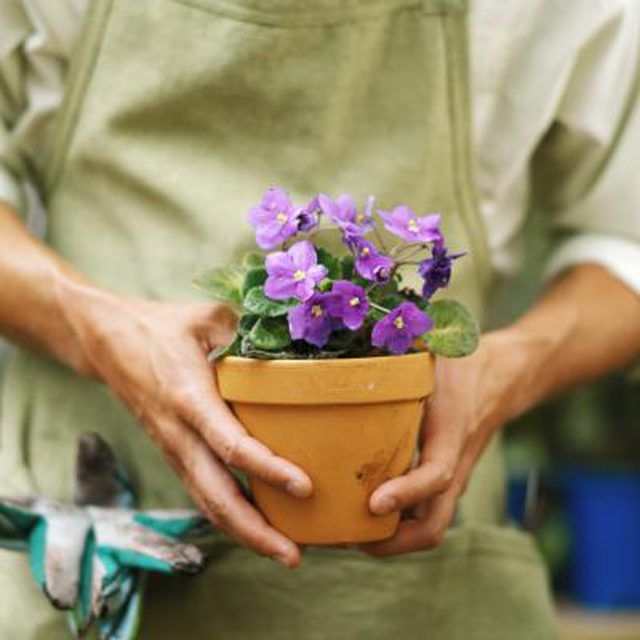Bulbs
Flower Basics
Flower Beds & Specialty Gardens
Flower Garden
Garden Furniture
Garden Gnomes
Garden Seeds
Garden Sheds
Garden Statues
Garden Tools & Supplies
Gardening Basics
Green & Organic
Groundcovers & Vines
Growing Annuals
Growing Basil
Growing Beans
Growing Berries
Growing Blueberries
Growing Cactus
Growing Corn
Growing Cotton
Growing Edibles
Growing Flowers
Growing Garlic
Growing Grapes
Growing Grass
Growing Herbs
Growing Jasmine
Growing Mint
Growing Mushrooms
Orchids
Growing Peanuts
Growing Perennials
Growing Plants
Growing Rosemary
Growing Roses
Growing Strawberries
Growing Sunflowers
Growing Thyme
Growing Tomatoes
Growing Tulips
Growing Vegetables
Herb Basics
Herb Garden
Indoor Growing
Landscaping Basics
Landscaping Patios
Landscaping Plants
Landscaping Shrubs
Landscaping Trees
Landscaping Walks & Pathways
Lawn Basics
Lawn Maintenance
Lawn Mowers
Lawn Ornaments
Lawn Planting
Lawn Tools
Outdoor Growing
Overall Landscape Planning
Pests, Weeds & Problems
Plant Basics
Rock Garden
Rose Garden
Shrubs
Soil
Specialty Gardens
Trees
Vegetable Garden
Yard Maintenance
How to Care for a Potted Primrose
How to Care for a Potted Primrose. Primrose is an early, low-growing spring plant that grows to a height of 8 inches or less. Potted primrose flowers are available in a range of bright colors, including pink, purple and yellow, and add color to indoor living spaces during the winter. The blooms are about an inch in diameter and form in clusters of...

Primrose is an early, low-growing spring plant that grows to a height of 8 inches or less. Potted primrose flowers are available in a range of bright colors, including pink, purple and yellow, and add color to indoor living spaces during the winter. The blooms are about an inch in diameter and form in clusters of three to 25 atop a rosette of dark-green leaves that have scalloped edges. Each flower has a vivid yellow center. Although commonly grown in outdoor gardens, potted primrose tolerates indoor conditions well and is fairly easy to care for.
Things You'll Need
Spray bottle
Small scissors
Insecticide
Place the potted primrose in a location that receives bright, filtered light and avoid placing it in direct sunlight. It does not endure hot temperatures, so do not place it near a stove or radiator. Primrose prefers cooler temperatures and does best at 50 to 60 degrees Fahrenheit. Place the plant in a cool place overnight to prolong the blooms. Primrose can withstand temperatures as low as 40 degrees Fahrenheit. Keep your potted primrose out of drafts.
Water the potted primrose regularly to keep the soil moist. Check the plant two or three times weekly and water when the soil is dry to the touch. Use tepid water and pour water into the pot until it drains freely. Make sure the pot drains entirely. Do not allow the primrose to sit in water as this may damage the roots.
Remove faded blossoms from the primrose to allow for new flower growth. Pinch the spent bloom directly below where it joins the stem. Remove faded leaves as needed using a small pair of scissors.
Watch for signs of pests, such as aphids, spider mites and whiteflies. Grey mold also sometimes forms on potted primrose. White webbing, damage to the foliage or the presence of honeydew, a sticky substance excreted by aphids, may indicate an insect infestation. Use the spray head from your kitchen sink, a plastic spray bottle filled with water or place the plant under your bathtub or shower to rinse the potted primrose every two to three weeks using room temperature water to wash away any pests. Wipe the plantís leaves with a cotton swab soaked in rubbing alcohol to destroy aphids. Severe insect infestations can be controlled using an insecticide. Follow label instructions.
Tips & Warnings
All parts of the primrose plant are toxic to cats. Keep the potted primrose in a place where your cat cannot access it, such as a closed sun porch or glass-fronted cabinet.